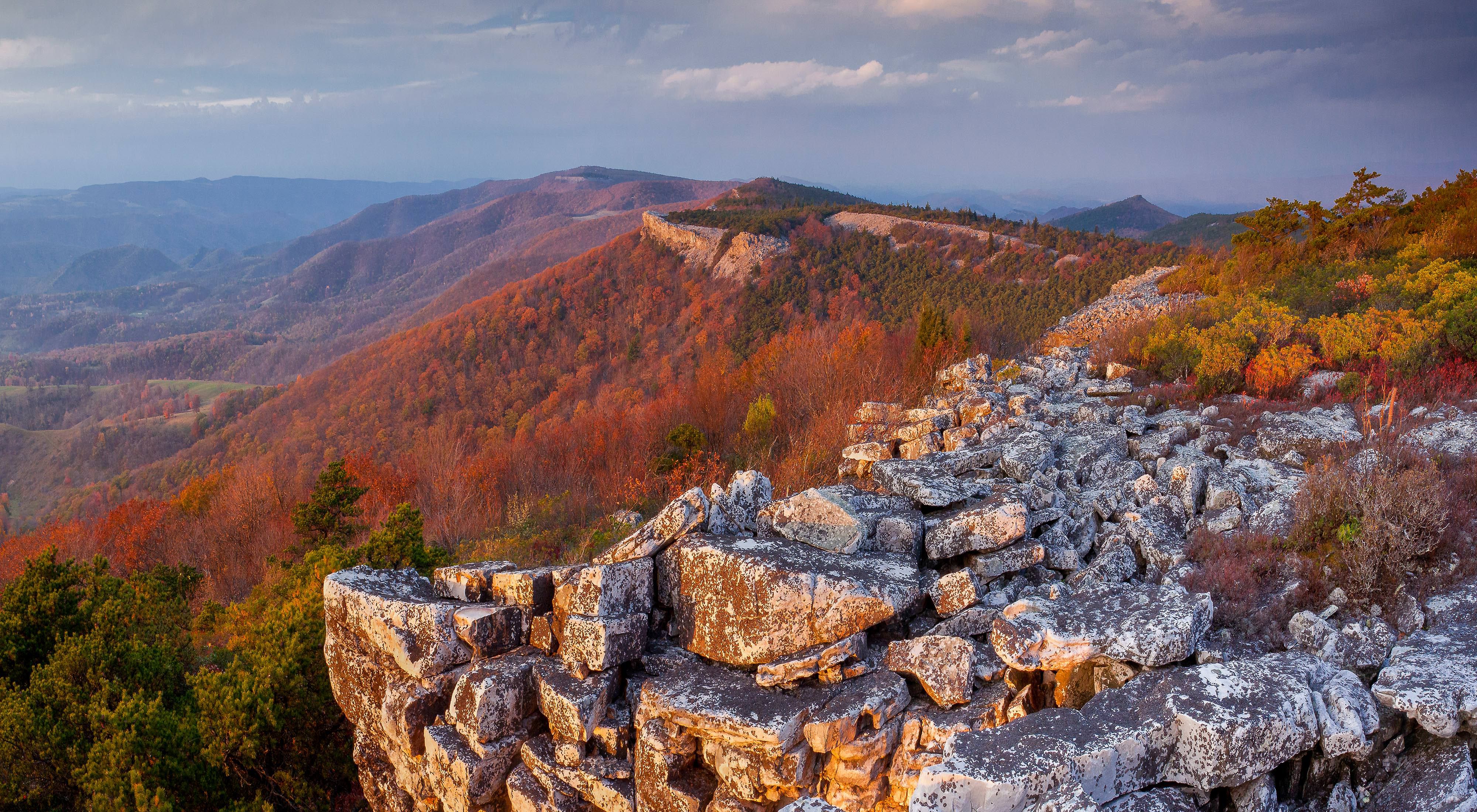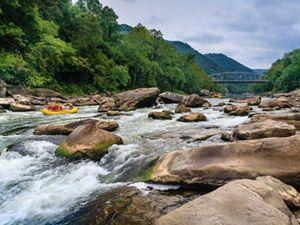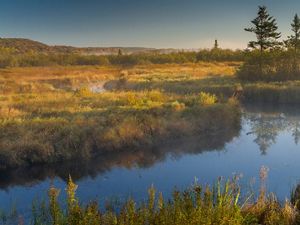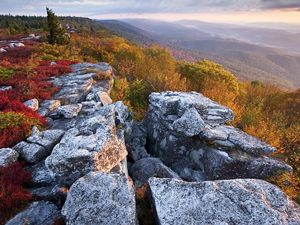Natural Climate Solutions in West Virginia
The Central Appalachians will help ensure nature’s survival as climate change alters natural areas and weather patterns.
A study by The Nature Conservancy and others showed that “natural climate solutions”—such as growing taller trees, improving soil health, protecting grasslands and restoring coastal wetlands—can amount to 37 percent of the removal of carbon dioxide from the atmosphere needed in the next few decades.
In West Virginia, the third most forested state in the US, there is massive potential to contribute to these natural climate solutions. And the Central Appalachians is one of the most critical landscapes in the country for this important work.
In 2012, The Nature Conservancy completed a study of all the forests on the East Coast, identifying the areas predicted to withstand the growing impacts of climate change and help ensure nature’s survival. Among the most resilient landscapes were highland forests in West Virginia.
Resources for Survival
“Nature not only inspires us, but also has the key to help solve many pressing global problems,” Campbell Moore, Central Appalachians program director says. “By protecting the natural systems we care about and improving their management, we can help reduce the threat of climate change while generating timber products, clean water, wildlife habitat and many other benefits.”
As droughts, rising temperatures and other climate impacts threaten to destabilize natural areas across the United States and around the world, scientists believe resilient landscapes like the Central Apps will be strong enough to continue providing habitat to a wide variety of plants and animals while also serving as sources of clean drinking water, fertile soils and other important services people rely upon for survival.

Nature-Based Economy
“The Central Appalachians and West Virginia are being looked to for creative implementation of natural climate solutions by everyone from our global team to other state chapters,” Moore commented. “We are particularly looked to for the unique opportunity we have to demonstrate the economic diversification potential that can come from helping forest owners in the Central Appalachians gain new revenue sources through programs that leverage these natural solutions.”
The Nature Conservancy in West Virginia works with stakeholders from the logging, mining, and tourism sectors to explore how a nature-based economy could help stimulate growth and create new jobs. As the result of one of our Nature and Economy Summits, we’re working with partners to develop a business plan to demonstrate how improved forest management and carbon credits, solar energy and agricultural activities on formerly mined lands can contribute to the economy.
Quote: Campbell Moore
We have a unique opportunity to demonstrate the economic diversification potential that can come from helping forest owners gain new revenue sources through programs that leverage these natural solutions.
A Refuge for All Life
The stronghold in the Central Apps is not only valuable for people. It could also serve as breeding grounds and seed banks for many animal and plant species that otherwise may be unable to find habitat due to climate change.
The 2012 study analyzed 156 million acres of land stretching from Virginia to Maine and into adjacent portions of Canada. Scientists looked at individual landscapes – such as forests, wetlands and mountain ranges – as collections of neighborhoods in which plants and animals could live. Areas with the most “complex” neighborhoods – those with diverse topographies, geologies and elevation ranges – were estimated to offer the greatest potential for plant and animal species to “move down the block” and find new homes as climate change alters their traditional neighborhoods.
Support Our Work in the Central Appalachians
Our work in the Central Appalachians is leading the way for natural climate solutions across the country. We're working in this critical landscape to restore red spruce and grow a nature-based economy.




